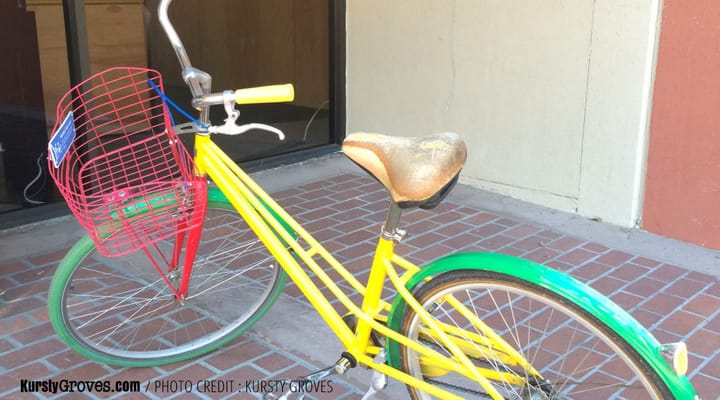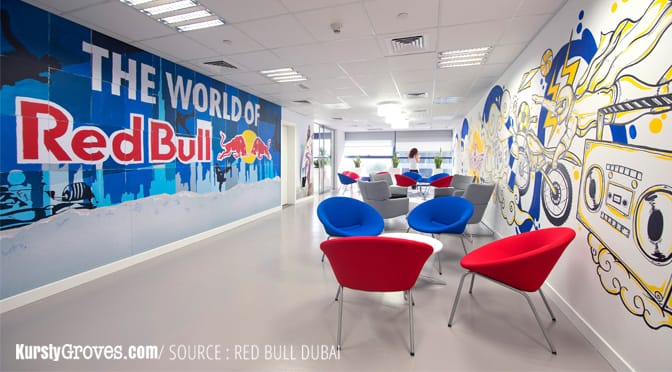Polished concrete, exposed ply and a spattering of bright yellow and teal: the high-tech looking temporary HQ of Google Glass is mostly behind firmly closed doors. In reception, space-aged bands loaded with the latest technology are on display, but most of the action is FGEO (For Googler’s Eyes Only).
I caught up with Ivy Ross, Head of Google Glass, who had been brought in to help the team get closer to consumers and launch a product that people better understand. Ross is used to leading diverse creative teams, but being here for her is a bit like “regression”. Instead of being the only one disrupting, she has found her “tribe”. Surrounded by people from sales, marketing, design, tech development and science, her excitement of being with like minded people from different backgrounds is palpable.
Q. So how do you create the right workspaces for these vastly different people?
IR. People are getting better as recognising their own different work styles. It’s more “I understand me. This is what I need” than one size fits all. “Here, we have options. Tonnes of options. So rather than saying ‘I need open plan or private’, it’s and/both.”
Yet the company is growing at such a rate, this won’t be home for long. And when Ivy next gets the chance to design a space for her team, she’ll be looking beyond a diverse range of settings based on function, to drastically different environments that support not only different thinking styles, but also different feelings:
IR. Imagine being able to immerse yourself in an environment that tricks your brain into thinking you’ve been lying on a beach. We can create spaces based on the feeling we want people to have, and the resulting brain states can be a conduit to creative thinking.

